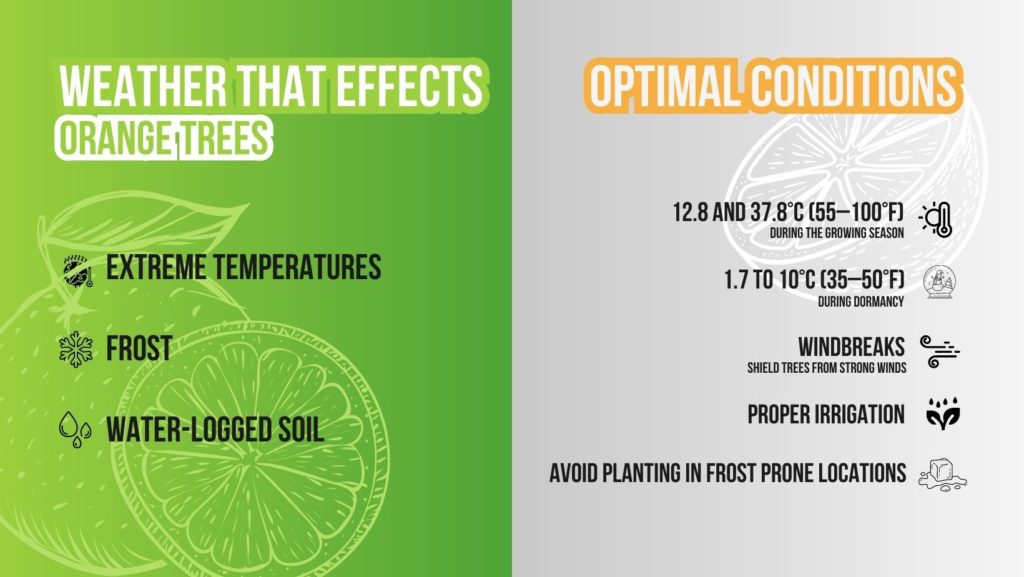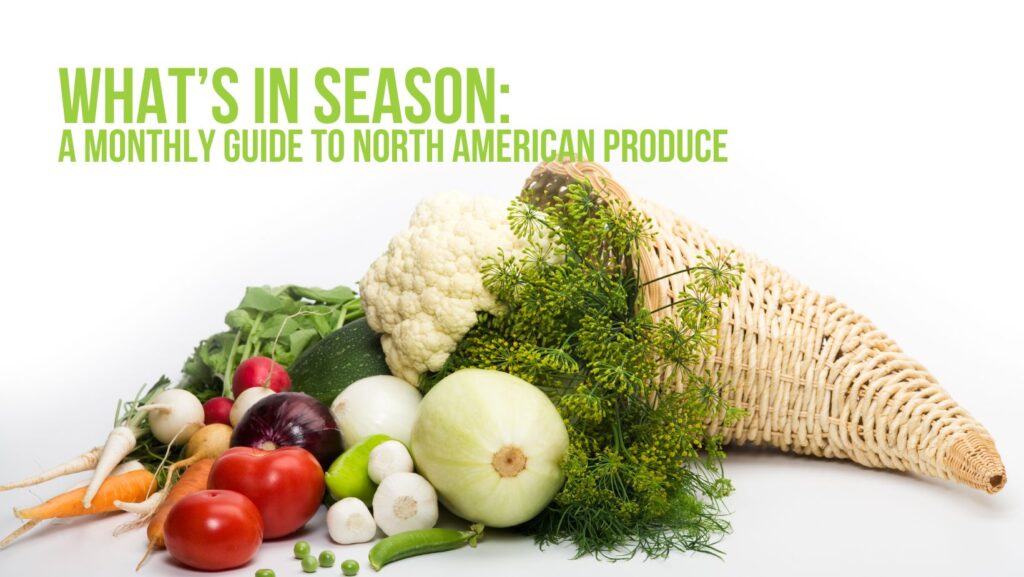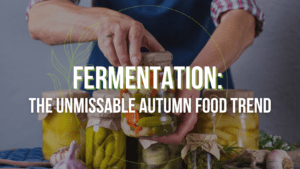
Oranges, with their refreshing taste and vibrant color, are a staple in households around the world. However, the journey from seed to market is fraught with challenges, from pest infestations to diseases and unpredictable weather. In this blog post, we will explore the common pests, diseases, and weather conditions that affect the growth, quality, and price of oranges. We will also delve into the innovative solutions and practices that the produce industry is adopting to combat these challenges and ensure a bountiful harvest.
How Do Expert Growers Manage Pests in Orange Trees?
Leaf Miner
Leaf miners are serious pests of oranges right from the nursery to the field. The adult moth deposits tiny eggs on the lower surface of the leaf, and upon hatching, the larva enters the leaf and forms serpentine mines, weakening and curling the lamina.
Alternating applications of Bulldock and Folimat effectively controls and combats leaf miners.
Citrus Psyllid
The citrus psyllid is a common but minor pest of mature oranges, especially in cooler areas of the tropics. This aphid-like insect transmits the dreaded greening disease, causing interveinal yellowing, leaf narrowing, and upright leaves with plant dieback.
To manage this pest, growers employ general insecticides like sumithion, salut, decis, dimethoate, and dursban.
Aphids
Shiny black-brown aphids can cause severe curling and deformation of young leaves, stunted growth of leaves and twigs, and dieback symptoms on branches. The presence of aphids also leads to the growth of sooty mold fungus.
Experienced orange farmers time their sprays during periods of flush growth and use dimethoate, fenitrothion, or pyrethroids to control aphids. In cases of heavy infestation, contact pesticides like dursban are utilized.
Orange Dog (Butterfly)
The dark brown butterfly, known as the orange dog, has caterpillars that cause harm in all five stages.
Caterpillars found on young trees are promptly removed and killed. In areas with high infestation, growers resort to spraying with dimethoate for effective control.

Best Practices for Orange Growers to Defend Against Diseases
Fungal Diseases
Oranges are susceptible to various fungal diseases, especially in hot and humid conditions.
The use of fungicides like copper oxychloride, kocide, benlate, or rodomil help to control diseases like anthracnose, melanose, scab, stem, and end rots, among others. The choice of chemicals depends on the specific diseases present.
Citrus Canker
Bacterial citrus canker causes raised lesions on leaves, twigs, and fruits, leading to premature leaf dropping and fruit deformation.
Infected trees are swiftly removed and destroyed to prevent further spread. In areas where the disease is severe, copper-based bactericides are used as a preventive measure.
Citrus Greening (Huanglongbing):
Huanglongbing or citrus greening is a deadly disease transmitted by the Asian citrus psyllid.
Strict quarantining is prioritized to prevent the introduction of psyllids to uninfected areas. Trees are inspected for disease symptoms and insecticides are applied to control the psyllid population.
Stubborn Disease
Stubborn disease causes stunted and malformed trees, leading to low yields.
Diligent growers ensure they plant only disease-free nursery stock and, in areas where the disease is endemic, use enclosures to protect trees from vectors.

Weather Woes in Orange Cultivation
Weather Challenges
Weather plays a crucial role in orange cultivation. Extreme temperatures, frosts, and water-logged soil can all impact the health of orange trees.
Carefully selected planting locations are used to avoid frost-prone areas. It is essential to protect the trees from freezing conditions and maintain proper irrigation to prevent damage and to ensure adequate root development.
Temperature Management
Oranges thrive in regions with a pronounced change in seasons.
Ensuring the trees are exposed to optimal temperatures between 12.8 and 37.8°C (55–100°F) during the growing season and 1.7 to 10°C (35–50°F) during dormancy, as well as the use of windbreaks to shield the trees from strong winds that could cause damage. These measures help in maintaining the quality of oranges.

City Wide ensures that their oranges are of the highest quality due to their partnerships with diligent growers who employ these best practices. By prioritizing pest and disease control, these growers can produce fresh, top-notch oranges for City Wide customers.














